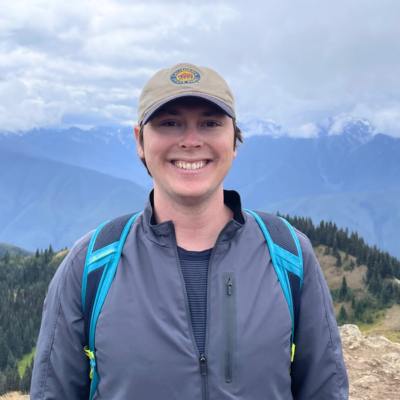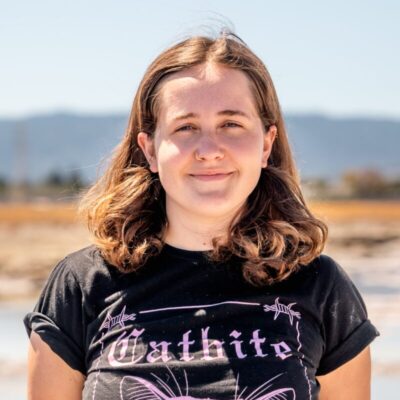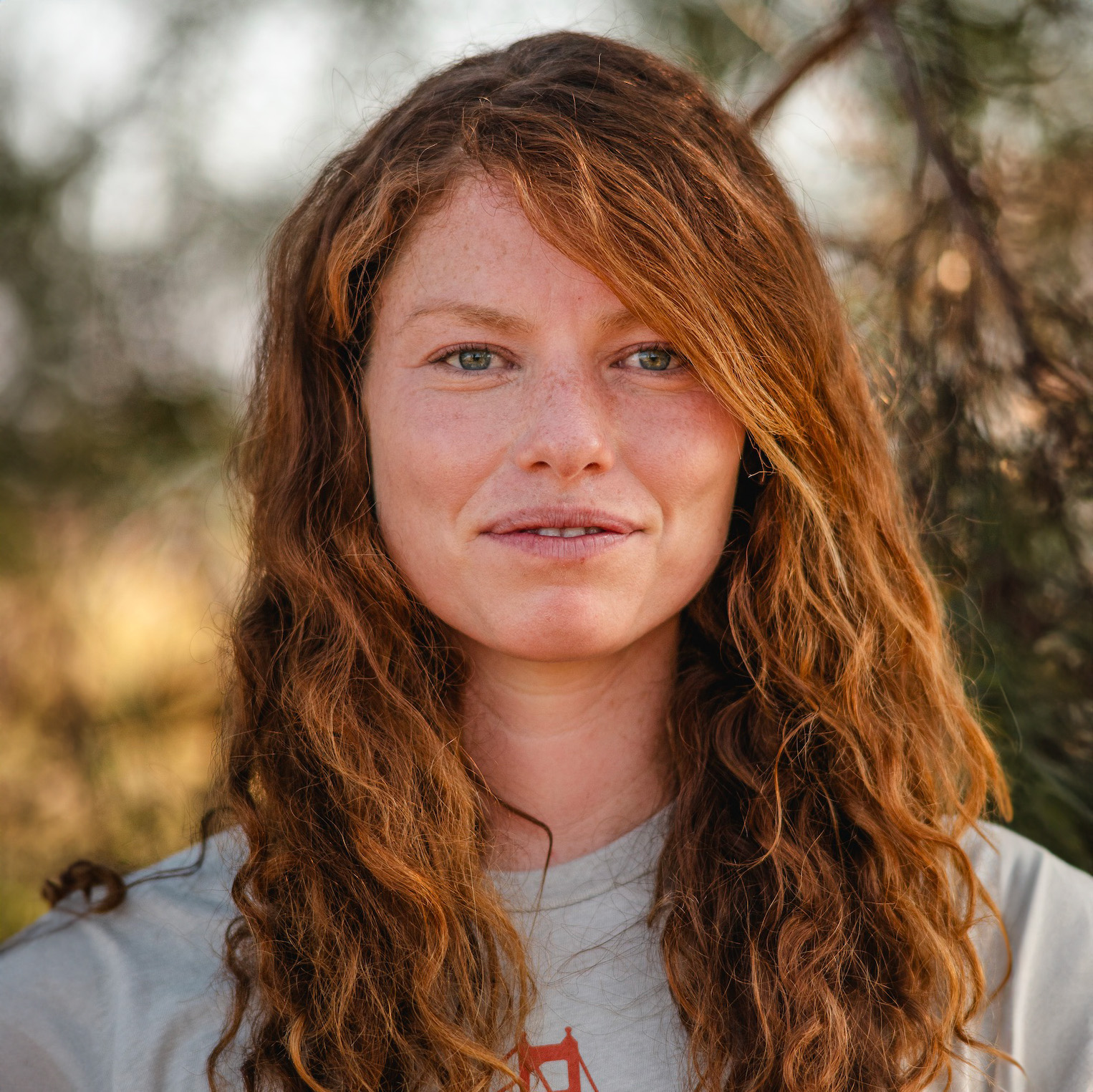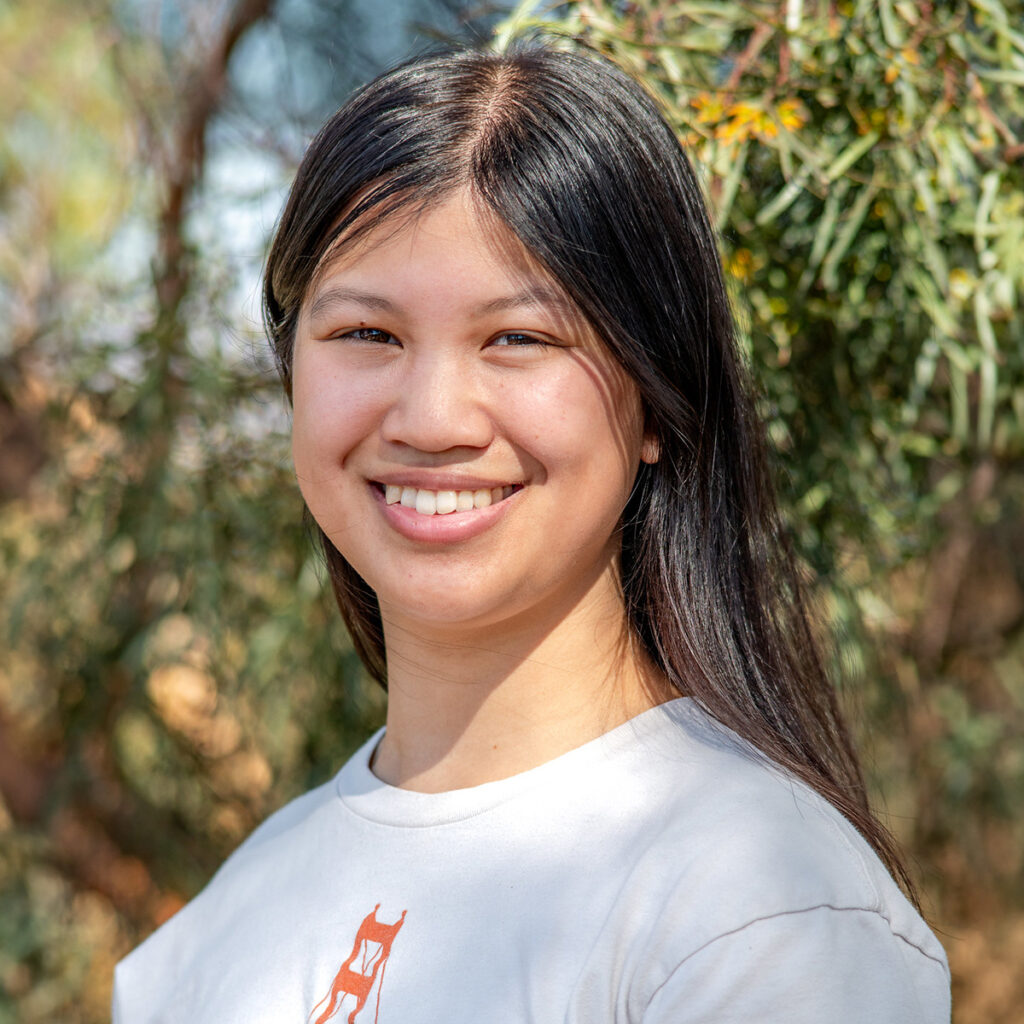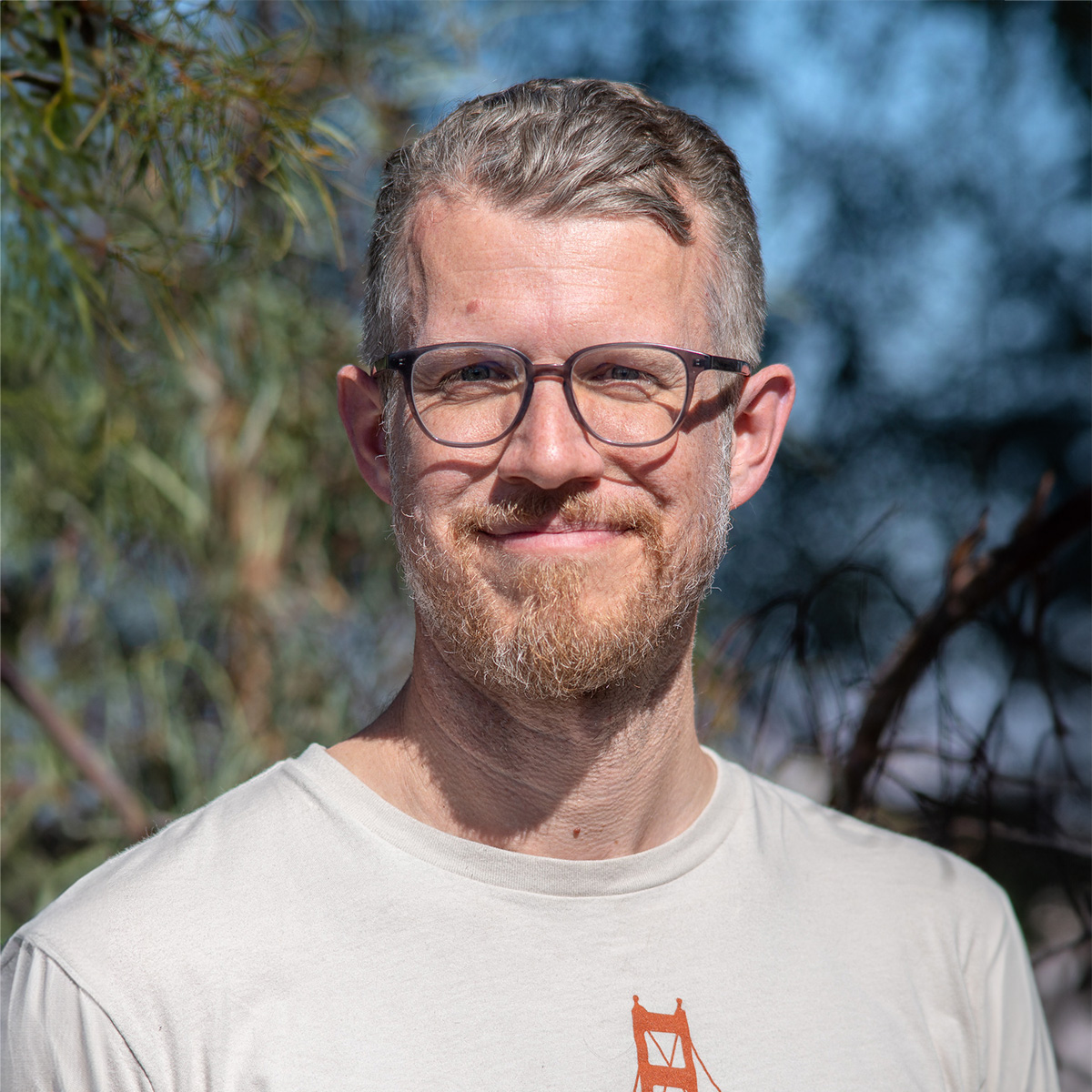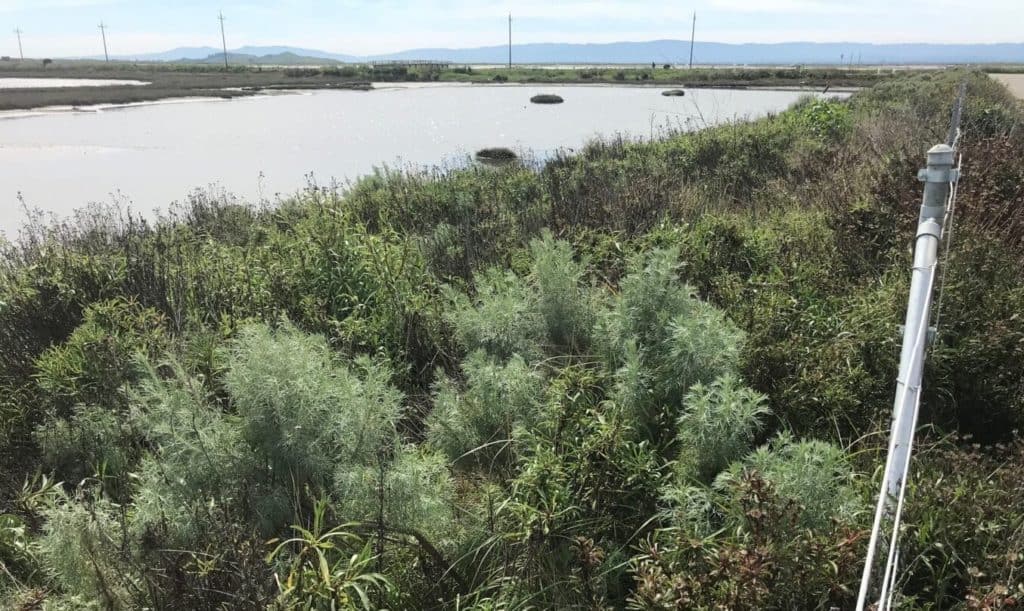
One of our Instagram followers asked, “How do we choose our transition zone restoration sites?” This is a relatively simple question with a bit of history. The short answer is that we go where we have partner relationships and funding, but as we’ve been active in advocacy and habitat restoration work for many decades, our work has evolved.
Save The Bay is lucky to have longstanding relationships with partner organizations like the East Bay Regional Park District and City of Palo Alto, where we’ve maintained native plant nurseries and restoration sites since the early 2000s. These sites are accessible, beautiful, and critically important for our work educating students and members of the community.
Our large-scale transition zone restoration projects have come about after the Bay’s scientific community advocated for the need for transition zone inclusion in the planning of regional tidal marsh restoration projects. Historically, the ecotone linking tidal marsh and upland habitat was common in the SF estuary, though it was increasingly degraded due to development and human impacts. Scientists and decision-makers realized that transition zones were not just important for the future of the endemic and endangered plant and animal species that depend on them, but also for our protection from the impacts of sea-level rise and storm surge.
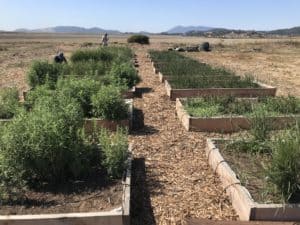
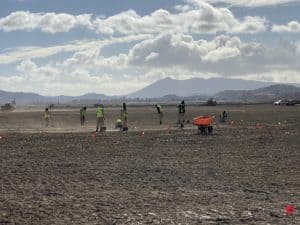
Left: Bel Marin Keys nursery; Right: Bel Marin Keys planting site
Efforts like our work at Bel Marin Keys in Novato are part of massive bay-wide projects, and in this case, many contiguous projects spanning the North Bay which aim to restore large swaths of protective habitat in order to maximize benefits as we face the threat of climate change. We were brought into this project to contribute our native plant propagation, transition zone restoration, and public engagement expertise through a grant from the State Coastal Conservancy. Since 2016, 17 projects like this were selected by the San Francisco Bay Restoration Authority to receive partial funding from Measure AA. Lack of funding is the primary impediment to these large, impactful restoration projects. With Measure AA and Representative Jackie Speier’s recently introduced San Francisco Bay Restoration Act bill, Save The Bay is heartened to know that environmental restoration, protection, and recovery are priorities to Bay Area residents.








